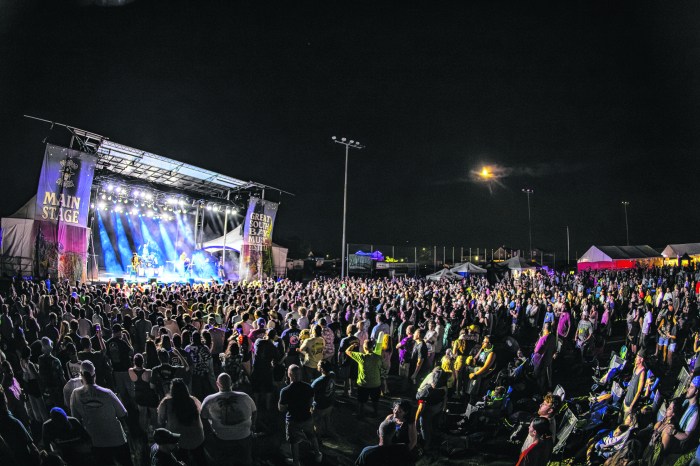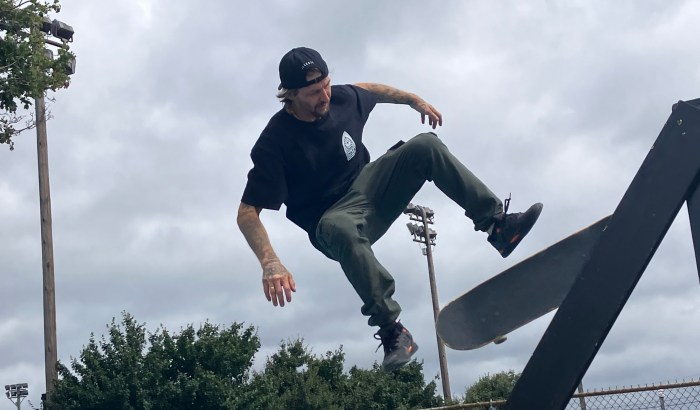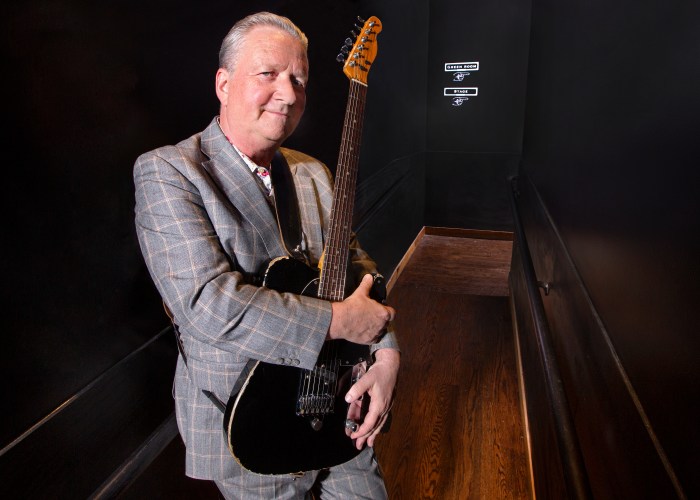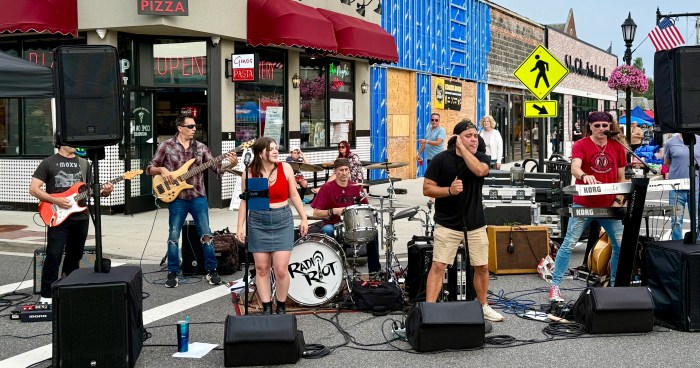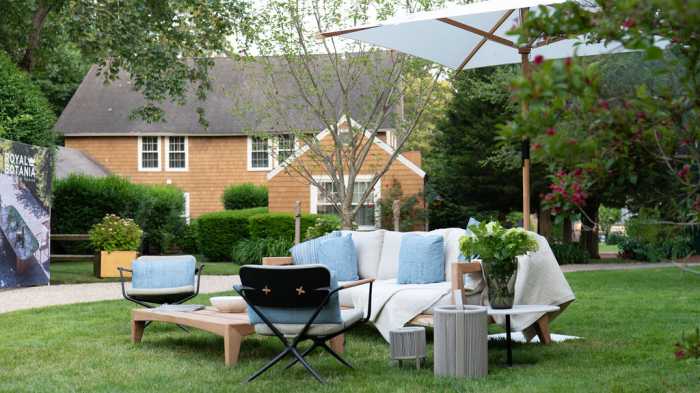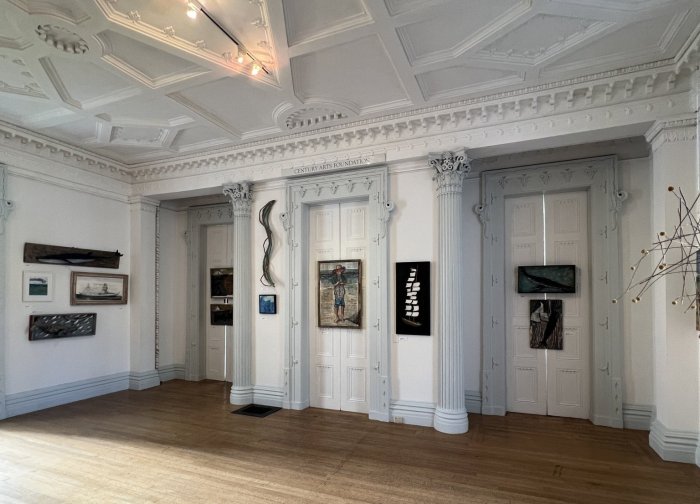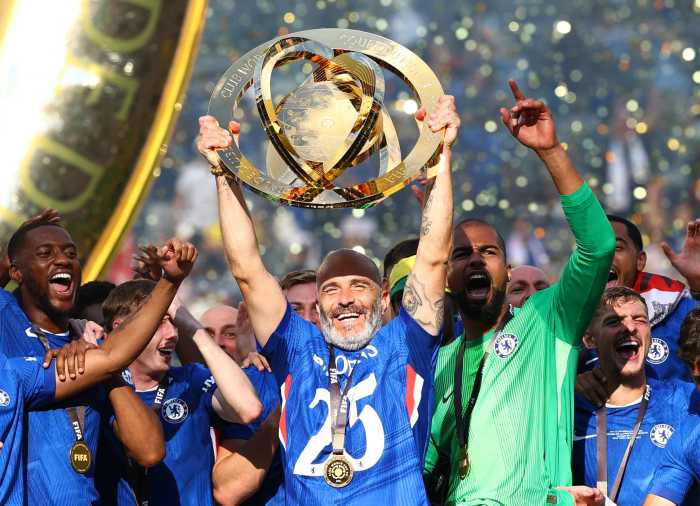By John Dundon
The Barclays has come and gone at Bethpage State Park.
The Black’s reputation of being a tough play even for the world’s best golfers held true this past week. Perhaps the most talked about aspect of the tournament, aside from anything golf related, was the raucous crowd that flooded the out-of-bounds areas Thursday through Sunday for the PGA tournament.
“[The crowd] was loud, it was a lot of fun. It felt like you were almost playing football, it just kind of sets the tone,” said tournament winner Patrick Reed after he completed his final round on Sunday.
Golf traditionally hasn’t been known to be a sport where crowd noise is a factor. Exactly the opposite, actually. Fans are expected to respect the rules of the course—no talking, yelling or chanting while a player is over the ball. Comparing spectators at a golf tournament and fans at an NFL football game isn’t something that happens every day on the PGA tour.
Reed wasn’t the only golfer who was outspoken on the topic last weekend. Needing a birdie to clinch a spot on the US Ryder Cup team, Rickie Fowler stepped up to the tee box on the 18th hole.
“It was a little loud up there on 18,” Fowler said semi-seriously. The resulting drive ended up way right in the high fescue. It pretty much eliminated any hope of him birdieing the hole, and Fowlers shot at being a Ryder Cup lock slipped away. And don’t even get started on the hundreds of mustache jokes directed at Fowler Saturday and Sunday afternoon.
Some golfers, like Phil Mickelson, relish the chance to play at the Black exactly for what makes it unique—the highly inebriated and very loud crowds. It’s become the identity of Long Island golf’s crown jewel.
As one usher put it, “were you here for the US Open? Combine a New York crowd and beer, this is what you get. It isn’t like this in most places.”
You’d be hard-pressed to find a golf course that plays host to rowdier fans in golf than Bethpage Black. And, yes, maybe it is a little annoying for those participating in the events. It’s also something the players, if they haven’t already, will need to learn to deal with.
The majority of poorly timed, out of place shrieks and chants were committed by one particular demographic: young people. This is important to note because, whether golf wants to recognize it or not, the sport desperately needs to attract the interest of millennials to keep the industry alive.
Before the Tiger Woods days that propelled golf into the most popular and profitable place it had ever been in, it was a boring game that was played almost exclusively by well-off white men. Since then though, the sport’s horizons have expanded exponentially.
The industry is carried now not by old white dudes, but by a group of 20-something year-olds. In other words, the world’s best golfers right now are the same age as guys who are likely to get drunk, loud, and create lively atmospheres.
In fact, many of the tour’s best and most popular golfers like Jordan Spieth, 23, Rory McIlroy, 27, and Jason Day, 28 are all under 30. It could be that golf needs more of this, not less. The loud crowds and football-like atmosphere make the game more exciting, and certainly more attractive to perspective beginners. Kids don’t want to sit still and quiet. They want to make noise and chant for their favorite golfer.
We should welcome, not shun, the boisterous fans who line the fairways and greens. After all, it’s all about having fun. In the words of Jack Nicklaus: “This is a game, that’s all it is.”
(Featured photo credit: John Dundon)






